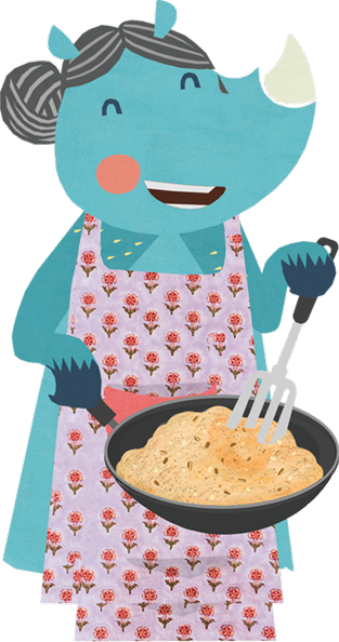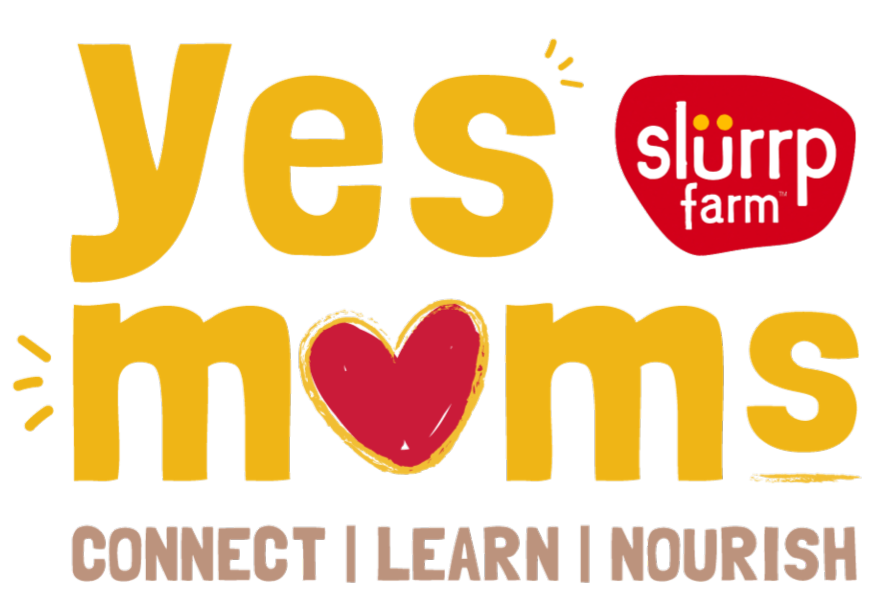As we continue our discussion on introducing allergenic foods to babies, it's time to delve into the details of the top allergens and understand how to safely introduce them into your baby's meals.
As we saw yesterday, here are the top 8 allergens: eggs, peanuts, nuts (almonds, walnuts, cashews), dairy, wheat, fish, shellfish (shrimp, lobster, crab), and soy
Now, let’s explore each potential allergen and see how you can introduce them into your baby's diet.

1) Eggs
Eggs are a common allergen, but they are also highly nutritious. When introducing eggs to your baby, it's best to offer the whole egg (both the whites and yolks). Ensure that the egg is well cooked to minimize any chances of infections. People who have an egg allergy can occasionally tolerate baked goods and other foods that contain eggs, provided the cooked/baked food has been heated for a prolonged period at a high temperature. Simply put, extensive cooking can improve tolerance to eggs.
- Serve eggs as finger foods:
a) Hard-boiled eggs cut into wedges
b) Omelet cut into 2-3-inch long strips
- Some babies may initially dislike the texture of cooked egg yolks, so scrambled eggs are a good alternative.

2) Peanuts
Peanuts are another common allergen, and they can also be a choking hazard. It's important to wait until your baby is around 4 years old and can chew peanuts properly before introducing them as a whole food. However, you can still incorporate peanuts in powdered form or as nut butter.
- Crush or powder peanuts and add them to the foods you prepare, such as curries or poha.
- Alternatively, mix peanut butter with yogurt or spread a thin layer on toasted bread or idli. Remember to use smooth consistency peanut butter, not the crunchy variety.
3) Nuts (Almond, Cashew, Walnut)
Whole nuts pose a choking hazard, so babies should not be given whole nuts to eat as is.
- Powder these nuts and incorporate them into porridges, sweet dishes, or other foods your baby enjoys.
- Use the nut powder to coat fruit slices, making them less slippery and easier for your baby to handle.
Note: Using nut butter as a sweetening agent (in place of sugar) in sweet dishes like puddings or payasam is not recommended for babies under 12 months.

4) Dairy
While milk as a beverage is not recommended for babies under 2 years old, you can start incorporating milk into your baby's foods from 6 months onward.
- Yogurt, curd, paneer (cottage cheese), and cheese are great dairy options to introduce.
- Add milk to porridges, payasam, kheer, and other suitable foods.
If dairy is a staple in your family's diet and no one in your immediate family has a dairy allergy, it's unlikely that your baby will have an allergic reaction.

5) Wheat
Some studies suggest waiting to introduce wheat until after you have introduced other grains like rice, oats, or ragi, to check for any potential reactions. However, if wheat is a commonly consumed food in your family and no one has a wheat allergy, you can introduce it to your baby's diet from 6 months onwards.
- Wheat can be served in various forms, such as roti, chapati, dosa, paratha, or well-toasted bread.
- Soften chapatis or bread in curries, dals, or yogurt to make them more manageable for your baby to eat.
6) Fish
Fish is a great source of good-quality protein; many fish are also rich in omega-3 fatty acids, making it a beneficial food for babies. When introducing fish, opt for low-mercury fish that are boneless and well-cooked to avoid any choking or safety risks. Refer to this article for the list of safe fishes, how to introduce fish to babies, and recipe ideas.
- Offer fish as finger foods, fish curry with rice, fish patties, or grilled flaked fish.
- Fried fish can also be served occasionally, but ensure it's not overly salty.

7) Shellfish
Shellfish, including prawns, shrimp, lobster, and crab, can be a choking hazard for babies due to their rubbery texture.
- To minimize the risk, slice cooked prawns or shrimp lengthwise in the middle before serving them to your baby.
Research suggests that early introduction of shellfish does not necessarily reduce the potential of a shellfish allergy occurring later in life.

8) Soy
Many packaged foods contain soy-based ingredients. Therefore, children tend to come in contact with soy-based food later on in life. What you can do now is offer small amounts of soy foods to start with, and gradually increase the quantity as well as the number of times you do so. Some of the ways soya offered to your baby are:
- Serve well-cooked mashed soybeans with rice or incorporate soy granules into curries.
- Tofu scrambled into a bhurji (Indian-style scrambled dish) is another great way to introduce soy.
9) Mustard and Sesame Seeds
In Indian cooking, mustard seeds are commonly used. It's a good idea to expose your baby to mustard seeds through a tempering (tadka) in dal or raita.
As for sesame seeds, it's preferable to powder them before adding them to foods since whole sesame seeds may not be well absorbed or digested.
- Sprinkle powdered sesame seeds on curd or porridges, or use them to coat slippery-textured fruits before feeding them to your baby.
- Make a tahini paste from sesame seeds, which can be spread lightly on toasted bread or chapati.
10) Lentils
There are reports of certain lentils or legumes causing allergic reactions among the Indian population; but, the data on this is insufficient.
While you keep these tips and tricks in mind, it's best to discuss any concerns related to food allergies with your pediatrician.
Top Tips from Our Expert
Start small: Start introducing allergenic foods one at a time in very small amounts and observe whether your baby can handle it well. Once you see there’s no allergic reaction, you can gradually increase the quantity with time.

Don’t combine initially: You can combine one allergenic food with a non-allergenic food (e.g., you can serve wheat chapati and veggies). But avoid combining two allergenic foods in one meal, for the first 2-3 exposures (e.g., avoid wheat bread/chapati and eggs in one meal, as both are potential allergenic foods).
Stay consistent: Be consistently frequent in offering allergenic foods once they have been introduced, provided your baby has no adverse reaction. It’s OK to serve these foods every week.
Yesterday and today, we covered all the allergens in detail. Phew, this must feel like an information overload! But we sincerely recommend making friends with these allergenic foods instead of running away from them.





















